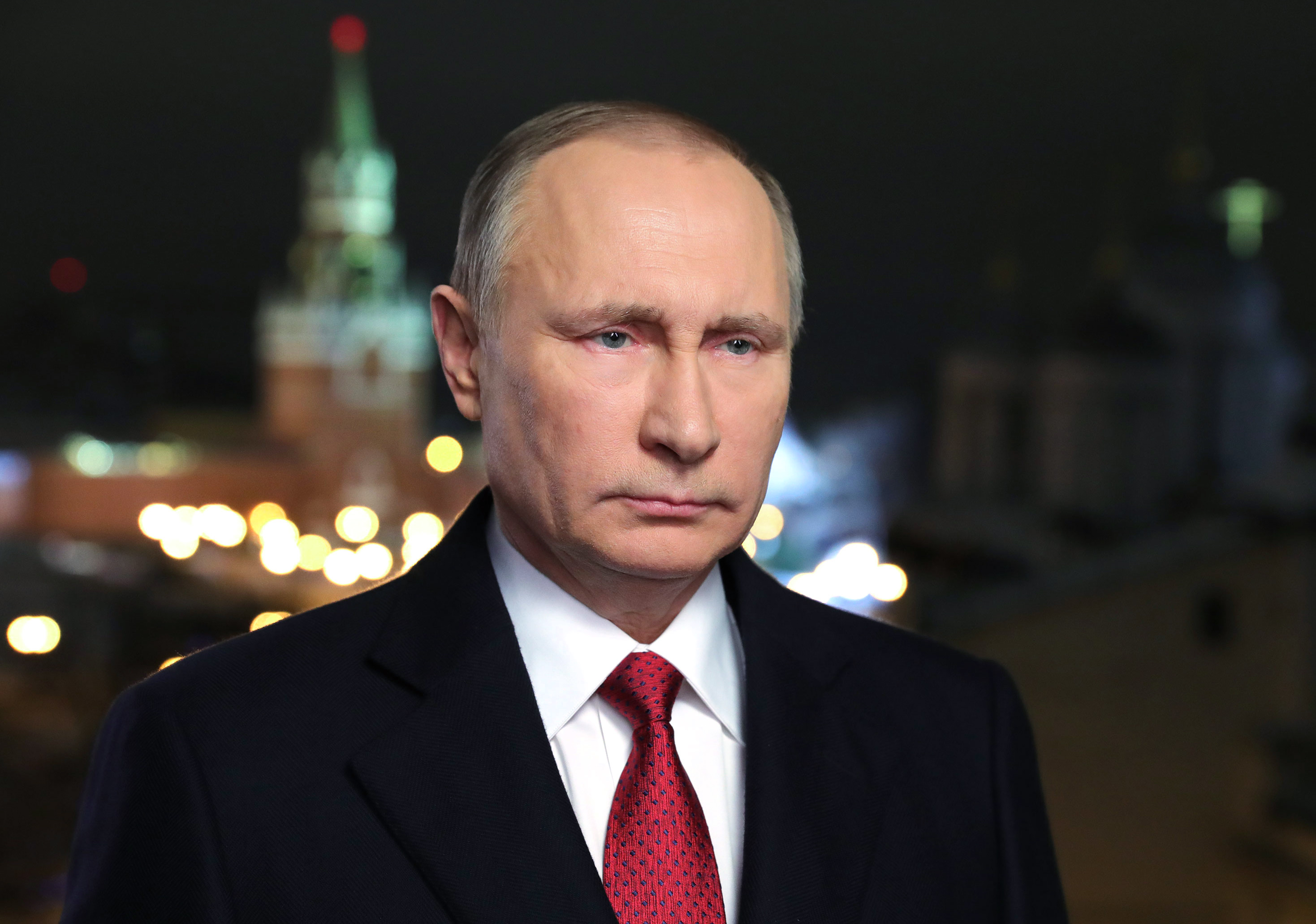Reema Shaukat
Dreams of India to becomeabsolutepower in South Asia are very much known to all, as it keeps on trying to achieve such motives through different tactics. One such known manoeuvre is Indian arms race in region, thus cunningly disturbing strategic balance and forcing other states to indulge in this wicked play too. This Indian arms race is now termed as Indian fever of arms race as it spends huge amount of its budget on defence despite being nuclear power and continues to threaten other states by such artifices. Recently, India test-fired the long range nuclear-capable strategic ballistic missile, with a strike range of 4,000km from Abdul Kalam Island, off Odisha coast. Agni-V trialling received compliments from Indian media for the missile’s capability which suggests that this missile experiment is to ‘cover entire China’. So not only India threatens Pakistan with arms race but tries to deprecateother countriesparticularly China as it is not only an economic power in world but both China and Pakistan hold exceptional diplomatic relations.It is to be noted that Agni-V is capable of striking a target of more than 5,000 km away. The missile can carry a nuclear warhead of more than one tone. It can target almost all of Asia including Pakistan and China and Europe.While, the Agni-VI is reported to be in early stages of development and the most advanced version, with a strike-range of 8,000-10,000 km. India already has Agni ranges missile systems and other lethal weapons like Brahmos in its weaponry which is supersonic cruise missile.
According to official statistics, India made an increase of 17 percent in its defence budget for fiscal year 2015-2016.With over 30 percent of their populations living below the poverty line, India emerged as the second-largest arms purchaser after Saudi Arabia in the world, according to a latest report by the Washington-based Congressional Research Service (CRS), a public policy research arm of the U.S. Congress.India was the second-largest arms purchaser from 2008 to 2015 in the developing world, making arms transfer agreements worth $34 billion during these years, according to the report released by “Conventional Arms Transfers to Developing Nations 2008-2015” released by CRS.If defence budget of India is compared with Pakistan then it’s noticed that currently New Delhi is spending $40 billion a year on defence, while Pakistan has earmarked $7.6 billion for defence expenditures this fiscal year. India ranked eighth on the list of countries with the largest military expenditures in 2015, while Pakistan’s defence budget was five times smaller.
India boasts the world’s third-largest army after the U.S. and China, with an active troop strength of over 1.3 million. Pakistan, meanwhile, stands eighth on the list with a 600,000-man army with an honour of handling menace of terrorism successfully. As India pushes other countries to get into arms race by testing and developing weapons, Pakistan in order to maintain strategic equilibrium fired its submarine launched cruise missile Babur-III. This missile has a range of 450 kms and is capable of delivering various types of payloads and will provide Pakistan with a Credible Second Strike Capability, augmenting deterrence. India’s Agni -V is capable of striking targets anywhere in Asia and some parts of Europe and Africa. According to Indian defence experts Agni-V is one of most advanced missiles which is capable of striking a target more than 5,000 kms. It is about 17 meters long, 2 meter wide and has launch weight of around 50 tons. This missile can carry a nuclear war head of more than one ton. Once the Agni-V is inducted in Indian military, India will join the club of countries with ICBMs including US, Russia, China, France and UK. Though China is more advanced militarily than India, yet it advised India to calm down its fever of arms race as it disturbs strategic balance among South Asian countries. Chinese media in a report said that China will not sit still and by doing this missile test India had broken the UN’s limits on its development of nuclear weapons and long-range ballistic missile. China further stated that if the Western countries accept India as a nuclear country and are indifferent to the nuclear race between India and Pakistan, China will not stand out and stick rigidly to those nuclear rules as necessary. China has favoured Pakistan always and they also mentioned this in their reportthat Pakistan should have those privileges in nuclear development that India has. Global Times editorial reported “if the UN Security Council has no objection over this, let it be. The range of Pakistan’s nuclear missiles will also see an increase.”The editorial suggested that India should realize that owning several missiles did not mean it is a nuclear power.Even though India does become a nuclear power, it will be a long time before it can show off its strength to the world.Following the signing of nuclear technology transfer agreement with India in 2008, Washington has been keen for India to become member of NSG and every other related export control forum including Wassenaar Arrangement, Australia Group and Missile Technology Control Regime.China, however has opposed the move claiming that India’s entry is not based on principle of parity for all and India is granted such favours then Pakistan should also get privileges.
Based on quest of India for arms race, India must see that because of these moves other states are compelled for same actions. It is spending huge amount of its defence budget without thinking what kind of bloodshed it is doing in Kashmir and how it is enforcing other states in South Asia for arms race. Pakistan surely has all the potentials to maintain balance and develop arms but as a peace loving country it has no such desire of more arms rather it believes in maintaining status-quo with its nuclear armed neighbour and long awaited disputes to be resolved peacefully.



